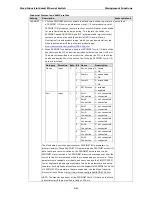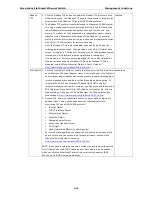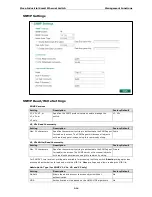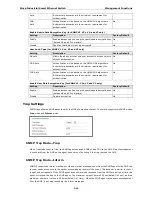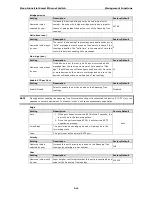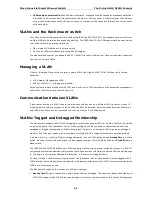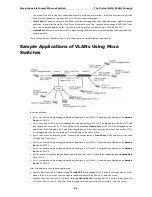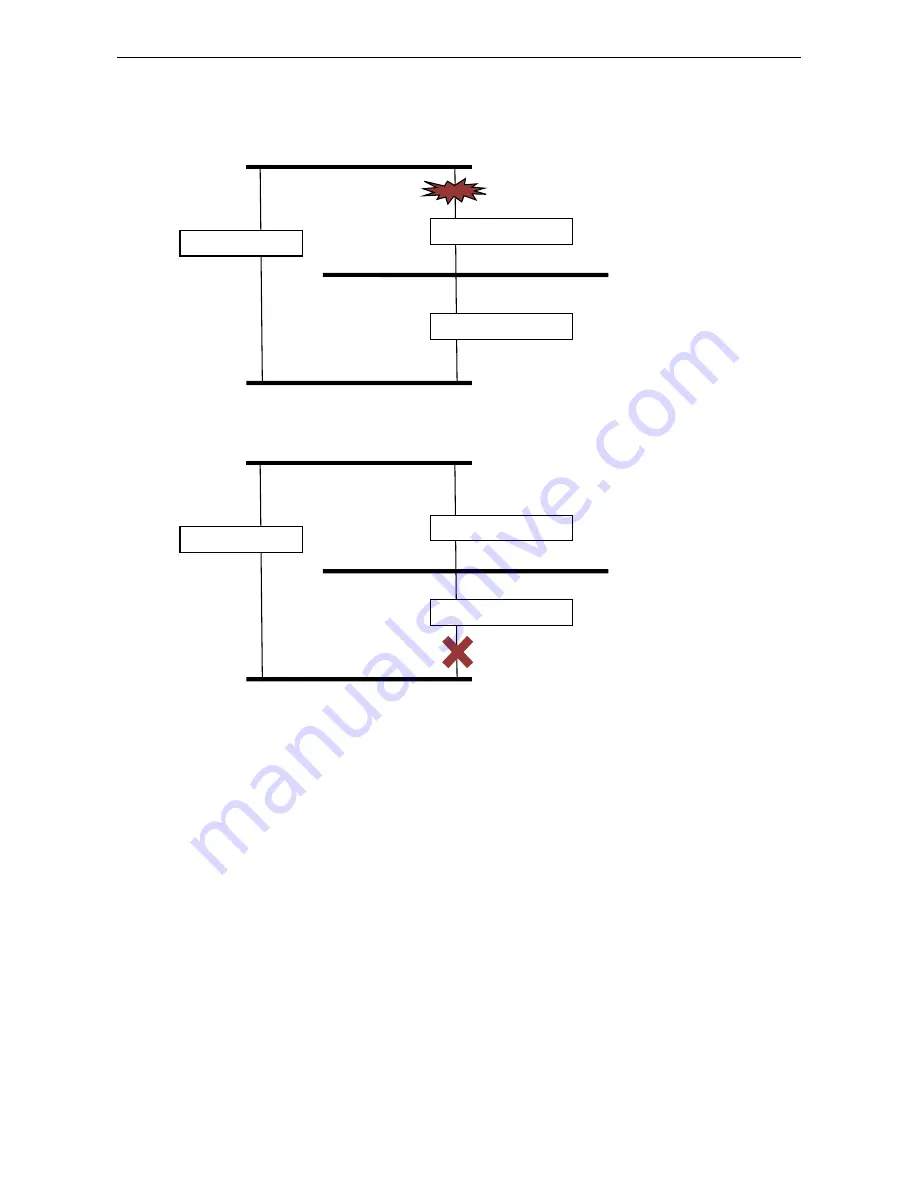
Moxa Industrial Smart Ethernet Switch
The STP/RSTP Concept
A-2
If STP is enabled, it will detect duplicate paths and prevent, or
block
, one of the paths from forwarding traffic.
In the following example, STP determined that traffic from LAN segment 2 to LAN segment 1 should flow
through bridges C and A since this path has a greater bandwidth and is therefore more efficient.
What happens if a link failure is detected? As shown in the next figure, the STP process reconfigures the
network so that traffic from LAN segment 2 flows through bridge B.
STP will examine each bridged segment determine which path is most efficient, and then assign a specific
reference point on the network. When the most efficient path has been identified, the other paths are blocked.
In the previous 3 figures, STP first determined that the path through bridge C was the most efficient, and as a
result, blocked the path through bridge B. After the failure of bridge C, STP re-evaluated the situation and
opened the path through Bridge B.
How STP Works
When enabled, STP determines the most appropriate path for traffic through a network. The way it does this is
outlined in the sections below.
STP Requirements
Before STP can configure the network, the system must satisfy the following requirements:
•
All bridges must be able to communicate with each other. The communication is carried out using Bridge
Protocol Data Units (BPDUs), which are transmitted in packets with a known multicast address.
•
Each bridge must have a Bridge Identifier that specifies which bridge acts as the central reference point, or
Root Bridge, for the STP system—bridges with a lower Bridge Identifier are more likely to be designated as
the Root Bridge. The Bridge Identifier is calculated using the MAC address of the bridge and a priority
defined for the bridge. For example, the default priority setting of Moxa switches is 32768.
Bridge B
Bridge C
LAN 1
LAN 2
LAN 3
Bridge A
Bridge B
Bridge C
LAN 1
LAN 2
LAN 3
Bridge A

